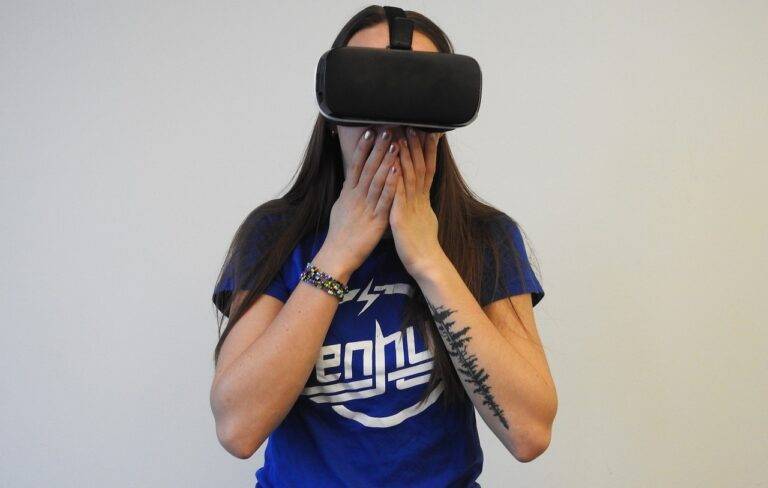The Evolution of Film Distribution Models: From Theaters to VOD to Day-and-Date Releases
Streaming platforms have revolutionized the way people consume entertainment, offering a wide range of movies, TV shows, and documentaries at the click of a button. With the convenience of on-demand viewing, viewers no longer need to adhere to traditional television schedules or visit physical rental stores to access their favorite content. This accessibility has opened up new avenues for filmmakers to showcase their work to a global audience without the limitations of traditional cinema distribution channels.
Moreover, the rise of streaming platforms has led to an increase in original content production, with platforms investing heavily in creating exclusive movies and series to attract subscribers. This shift in focus has given rise to a wide variety of genres and storytelling formats, catering to diverse audience preferences. Additionally, the data-driven nature of streaming services allows for personalized recommendations, enhancing the viewer experience and making it easier for users to discover new content tailored to their interests.
The Impact of Technology on Film Distribution
The proliferation of technology has revolutionized the way films are distributed in the modern era. With the advent of streaming platforms, traditional methods of distributing films through physical media or cinema screenings have taken a back seat. Audiences now have the convenience of accessing a wide variety of films at their fingertips, anytime and anywhere, thanks to online streaming services.
Furthermore, the rise of technology has also democratized film distribution by allowing independent filmmakers to reach global audiences without the need for big production companies. Platforms like YouTube and Vimeo have provided a space for creators to showcase their work and connect with viewers directly, enabling a more diverse range of content to be shared and discovered on a global scale. This shift in distribution channels has not only empowered filmmakers but has also enriched the cinematic landscape with fresh and innovative storytelling.
How has technology changed the way films are distributed?
Technology has revolutionized film distribution by allowing for the rise of streaming platforms, making it easier for audiences to access movies online.
What are some examples of streaming platforms that have had a significant impact on film distribution?
Some popular streaming platforms that have changed the way films are distributed include Netflix, Amazon Prime Video, Hulu, and Disney+.
How has the rise of streaming platforms affected traditional movie theaters?
The rise of streaming platforms has led to a decline in traditional movie theater attendance, as more people are choosing to watch movies from the comfort of their own homes.
Are there any challenges that come with the increasing reliance on technology for film distribution?
One challenge that comes with the increasing reliance on technology for film distribution is the issue of piracy, as it has become easier for people to illegally download or stream movies online.
What are some ways that filmmakers and distributors are adapting to the changing landscape of film distribution?
Filmmakers and distributors are adapting to the changing landscape of film distribution by creating exclusive content for streaming platforms, partnering with streaming services for distribution deals, and exploring new ways to reach audiences through online marketing and social media.





